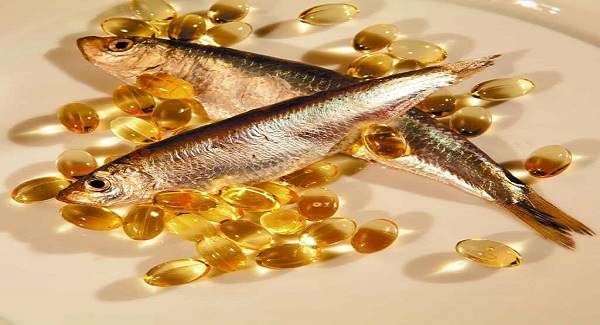In this article, we will get acquainted with extracting omega-3 oil from tuna factory waste.
Fish processing:
The fish processing industry includes a wide range of sectors, which are mentioned below:
It is chopping, extracting, salting, smoking, canning and so on. Today it is estimated that 70% of the total fish caught is processed .
which leads to the production of large amounts of solid waste and unwanted by-products .
which are usually about 50% of the total weight of the fish. On the other hand, fish oil is one of the most valuable seafood .
which is used both unrefined for livestock, poultry and aquatic feed .
and due to the presence of eicosapentaenoic acid (EHA) and decos acid (DHA) fatty acids can be As a dietary supplement to be consumed by humans
 .
.
The benefits of omega-3 fatty acids include:
It has a positive effect on cardiovascular diseases, especially atherosclerosis, rheumatism, chronic autoimmune diseases,
mental illnesses, prevention of cancers, prevention of fatty acid diseases, reduction of Alzheimer’s, etc.
Therefore, omega 3 can be considered a very important oral and herbal medicine
The production of omega-3 rich fish oil has become a good opportunity to evaluate by-products and increase competition in the fish processing industry. In recent years, waste from fish processing such as tuna, salmon and pollack have been suggested as raw materials for the fish oil production process. However, the production of high quality fish oil not only requires raw materials with high levels of omega-3, but also requires the development of a proper extraction process
Types of fish oil production methods:
: One of the most common methods for producing fish oil is the wet pressing method, which includes three basic steps
- Bake at 95-80 degrees Celsius Press centrifuge
Although a large amount of crude fish oil is extracted using this method . other refining steps are needed to prepare the crude fish oil for edible use
Another practical method in the extraction of fish oil is the extraction technology using superfluid liquids (SFE), which leads to the production of the final product with very high quality. In this method, the sample is in contact with supercritical fluid (carbon dioxide) under specified temperature and pressure conditions for a specified period of time and the desired material is extracted from it.
The advantages of this technology, in addition to using the medium temperature during the process and also providing . an oxygen-free atmosphere that reduces omega-3 oxidation during the process, can be the selective extraction of low-polarity fat compounds and no extraction of polar compounds such as derivatives . Inorganic containing metallic compounds noted. Also in this process, the ability to adjust supercritical carbon dioxide (SC-CO2) according to the density . solubility and temperature and pressure changes . provides the possibility of deacidification of fish oil.
In the SFE process, the raw materials must be frozen and then dried to reduce the moisture content below 20%. Process oils are evaluated by evaluating moisture content and chemical parameters such as volatile compounds, neutral lipids, fatty acid profiles and acidity rates.
